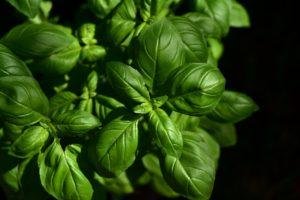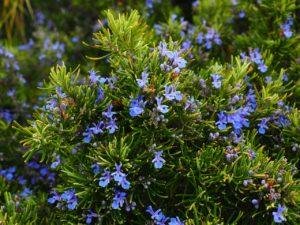Migraines aren’t your typical headaches they just don’t go away easily. Symptoms of pulsating pain, dizziness, nausea and sensitivity to light and sound can be very debilitating and normal functioning comes to a standstill.
The exact cause of migraines are unknown, but current research indicates that both genetic and environmental factors play a part.
Keeping a food journal is helpful in tracking which foods trigger a migraine and which foods don’t. Also record any changes in your diet such as following a vegetarian diet or a gluten-free diet. Track which foods in the different diets you can eat that are trigger free.
Eating foods high in Omega-3 fats such as fish, nuts and seeds can help reduce the pain caused by a migraine. Omega-3 fats are a natural anti-inflammatory.
Common Migraine Triggers:
- Fluorescent lights
- Coffee
- Dehydration
- Smoking or alcohol abuse
- High blood pressure or hypoglycemia
- Vitamin B or D deficiency or mineral imbalances
- Reaction to food additives such as MSG, sugar, coloring or preservatives
- Oral contraceptives or prescription medication
- Food allergies or intolerance
Feverfew (Tanacetum parthenium) can reduce the frequency and duration of migraine headaches and reduce pain, nausea, vomiting, and sensitivity to light and noise.
Feverfew reduces the severity and frequency of migraines when taken daily as a preventative. Take it every day, either eat the leaves raw, in a salad, in a piece of bread, in your tea, or as a tincture. You will get less migraines by taking feverfew daily.
The fresh leaves can cause mouth ulcers, discontinue use if this occurs.
Do not to use while pregnant.
Basil (Ocimum basilicum) the healing effects of basil is a muscle relaxant and it has pain relieving properties. This herb helps relieve pain by reducing the amount of stress hormones in the bloodstream. Basil is an adaptogenic herb helping to restore balance and energy in the human body.
Sipping on basil tea helps relieve nausea. Add 3 or 4 fresh basil leaves lightly bruised to a cup of boiling water and allow it to simmer. Once simmered, sip the tea slowly.
Butterbur (Petasites hybridus) is an anti-inflammatory herb that relaxes the blood vessels in the brain, making it effective in reducing the intensity and frequency of migraines.
According to studies, using a specific extract from the butterbur root (Petadolex, Weber & Weber, GmbH & Co) over 16 weeks can reduce the number and severity of migraine headaches and the length of time they last. This butterbur extract seems to reduce the number of migraine headaches by almost half. Doses of at least 75 mg twice daily seem to be necessary for best results. Lower doses of 50 mg twice daily may not be effective in adults. This brand is PA free and well tolerated, brands that aren’t PA free can cause liver damage.
Catnip (Nepeta cataria) is a member of the mint family. It is a mild sedative helping your body relax and relieve stress. The anti-inflammatory properties in catnip also help reduce stress and anxiety.
Drinking catnip tea helps alleviate the ache caused by migraines. For a stronger dose, use catnip tincture to alleviate a migraine.
To make a cup of catnip tea, place two tablespoons of dried catnip in a mug then pour in hot water and cover. Avoid boiling water as excess heat can compromise the benefits derived from this herb. Steep the tea for 10 minutes before drinking. If the tea has too much of a woodsy taste, add a bit of honey and lemon.
Rosemary (Rosmarinus officinalis) encourages a healthy flow of blood to the brain which reduces inflammation. Drinking a tea for treating migraines helps reduce tension and stress.
Another way to use rosemary is the essential oil. To reduce headache pain, mix two drops of rosemary oil with two drops of peppermint oil and one teaspoon of coconut oil or olive oil and rub into your temples, forehead and the back of your neck.
Magnesium
Although magnesium isn’t an herb, but it’s very helpful in relaxing nerves and muscles. Magnesium helps prevent nerves from becoming overexcited so this mineral aids in preventing and reducing migraines. Our bodies do not make magnesium so we have to rely on dietary sources or supplements. A deficiency in magnesium is linked to migraines.
If you take magnesium supplements, use chelated forms such as magnesium citrate or magnesium oxide. This means that the magnesium is connected with another molecule in order to aid its absorption.
Here are some excellent food sources: Pumpkin seeds, spinach, Swiss chard, wild Alaskan salmon, halibut, sunflower seeds, sesame seeds, flaxseeds, amaranth, quinoa, soybeans, and black beans.
Migraines can be debilitating and bring your life to a standstill. Keeping a food journal and using these herbs can help keep migraines to a minimum.





